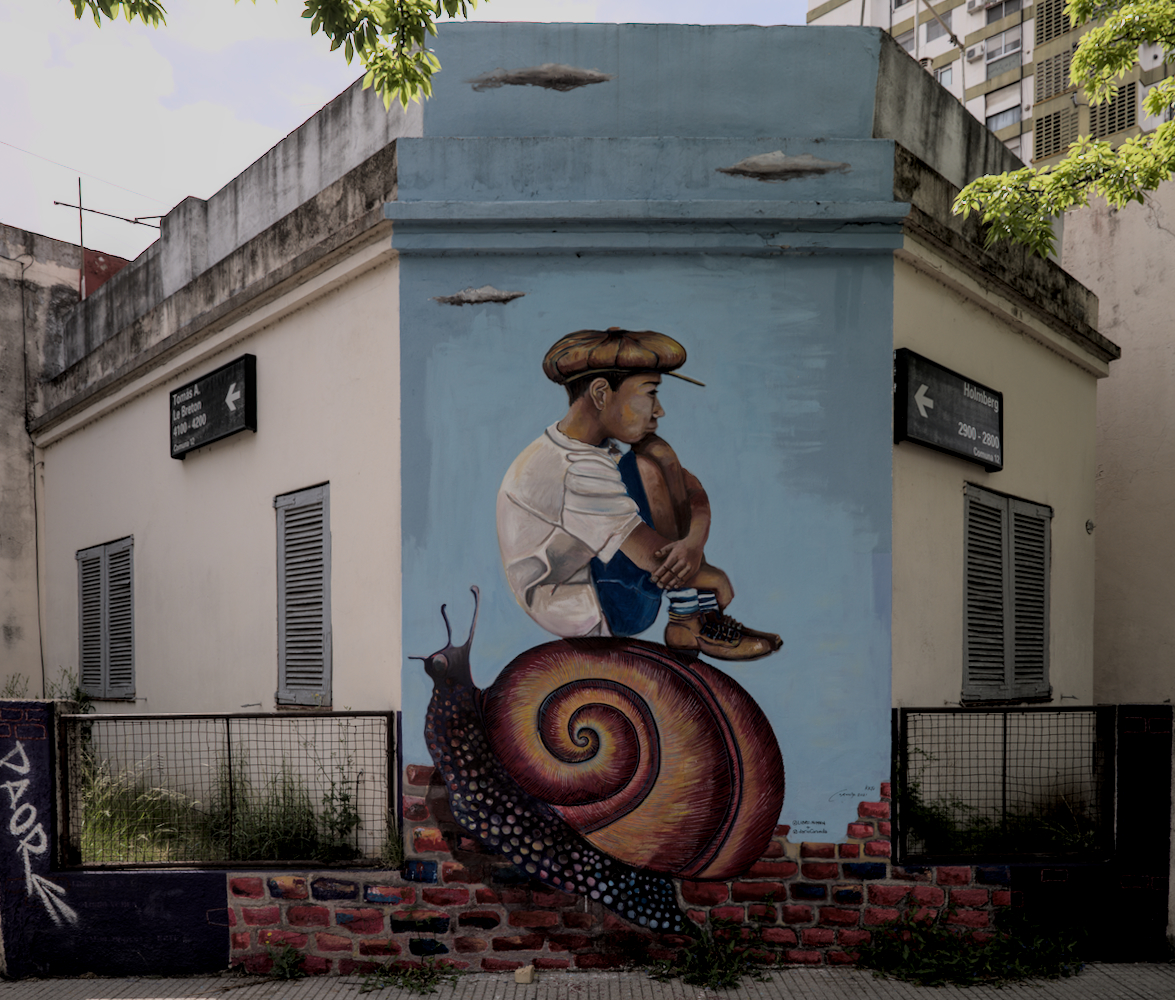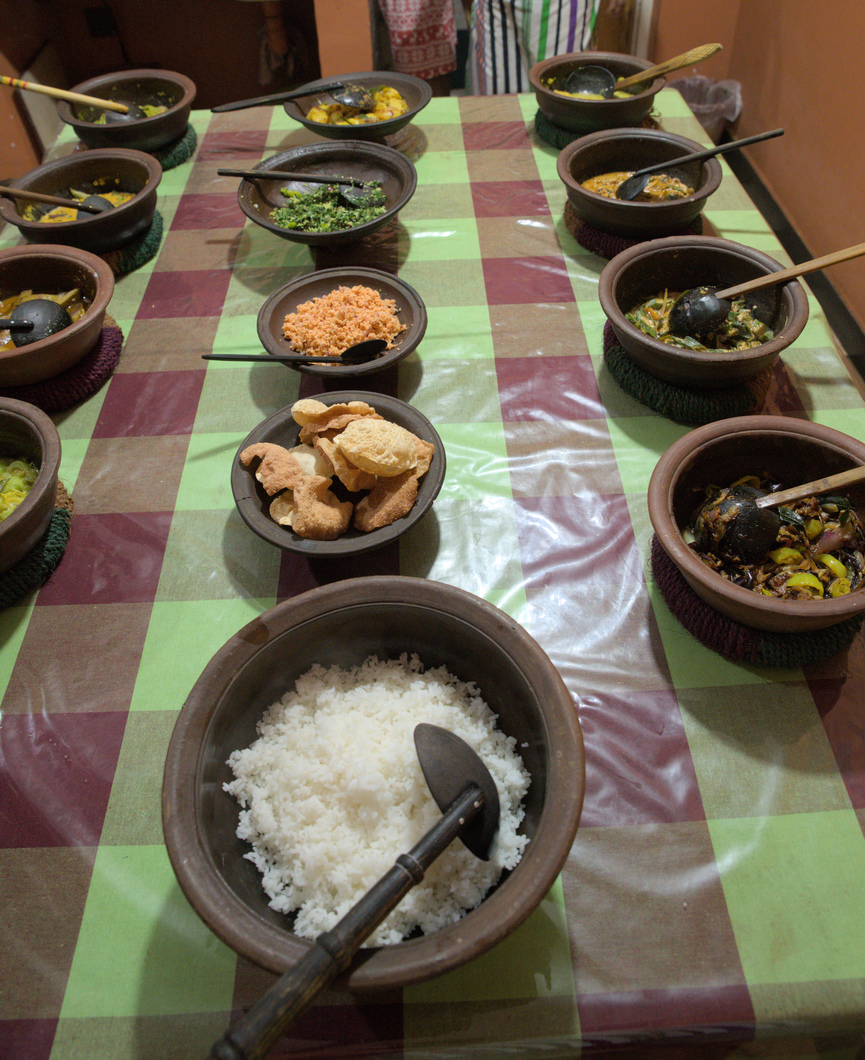
Cooking Class in Kandy
One way to get into a country’s culture is to learn about their foods. What ingredients is used, how are they used and are there any special handling of the food. Of course you can learn a bit by asking at the restaurant where you are eating. But a much more intense and thorough way is to join a cooking class. Many places cooking classes are offered by restaurants, in Kandy we found “Best Kandy Kitchen” which is not a restaurant. It’s a Sri Lankan family who provides cooking classes in their home.
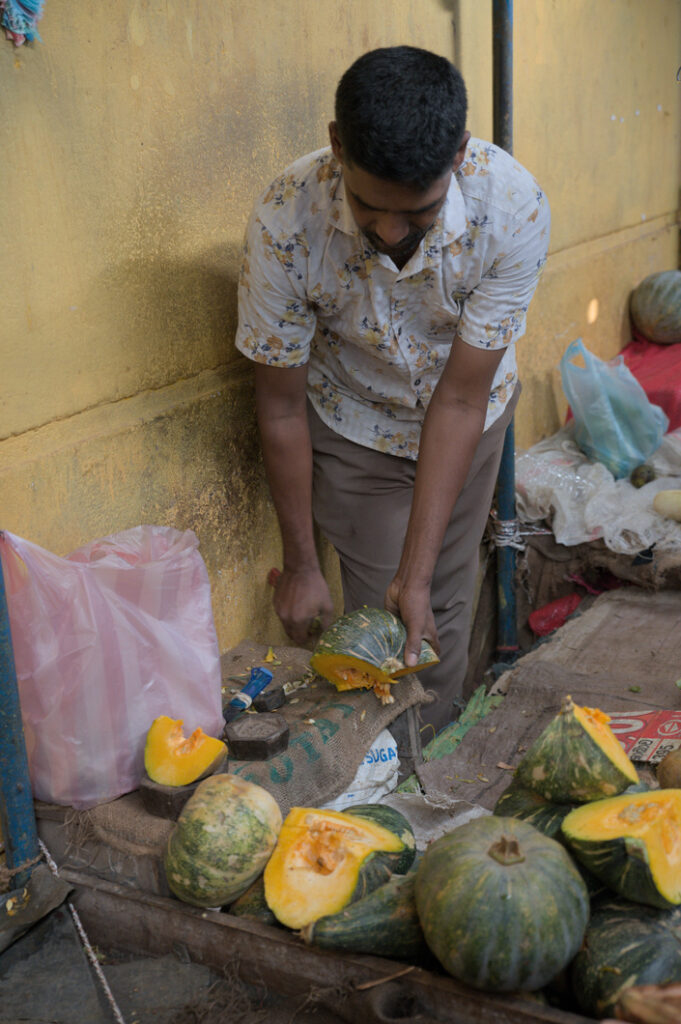
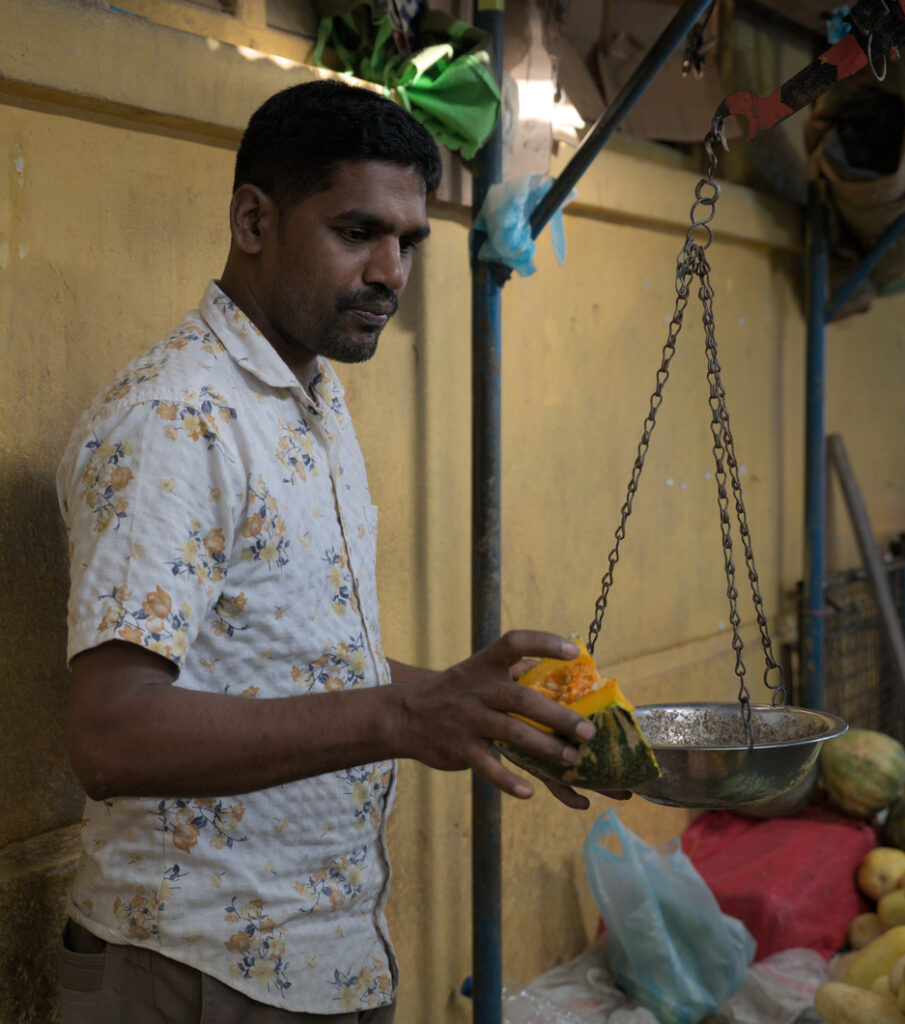
Before starting cooking it was like home, you need to go shopping. We went with the host to the Central Market in Kandy and was guided through the market place to the relevant stalls to buy what was needed for the plethora of curries we were going to prepare later.
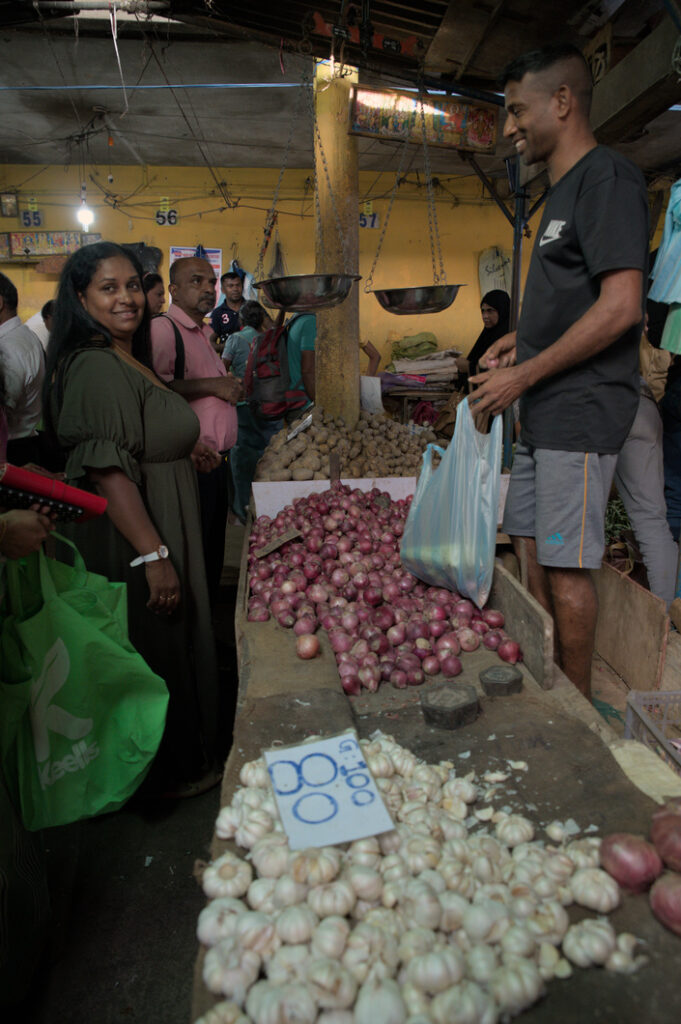
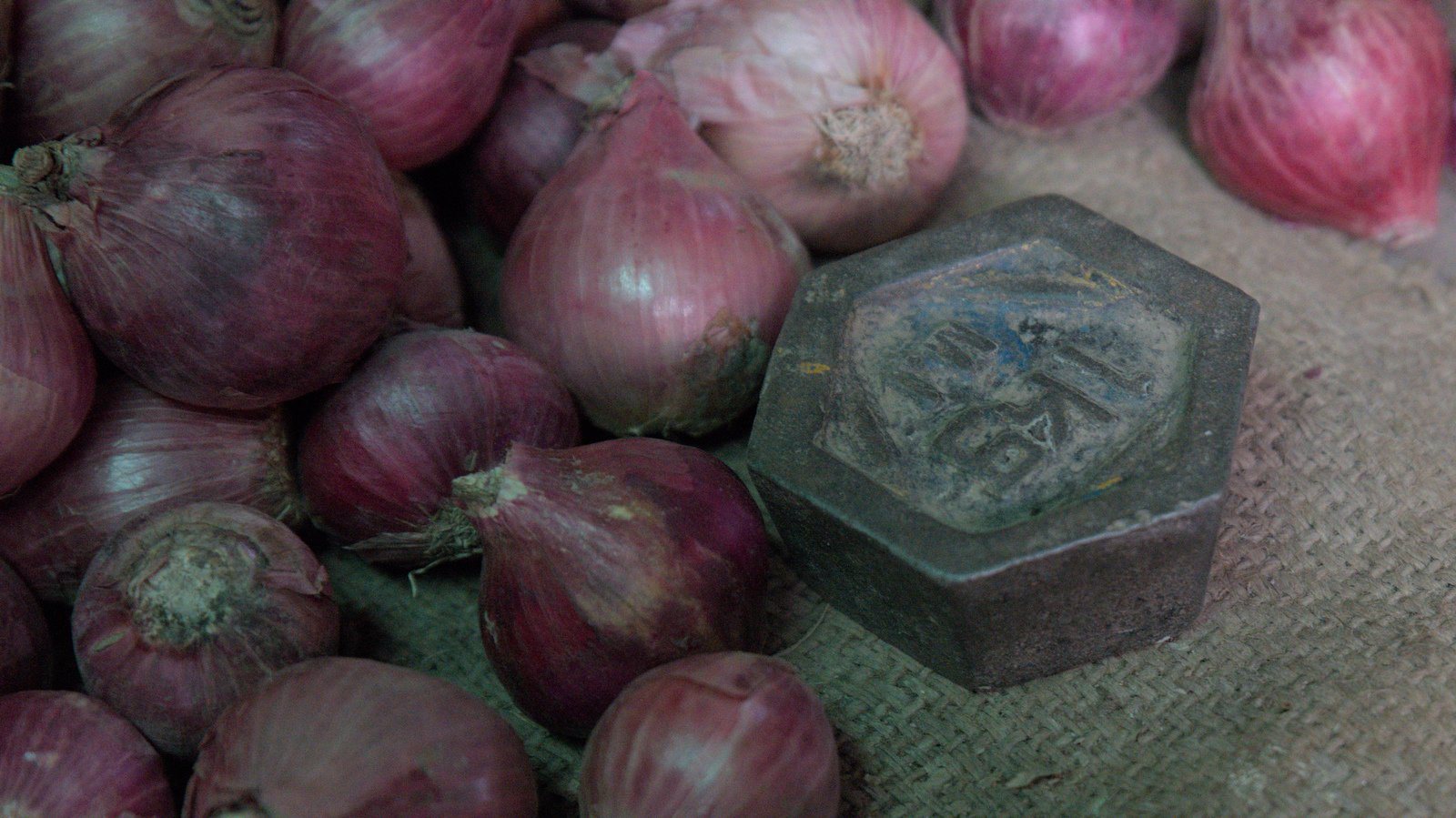
We soon was facing how small the planet actually is, because many of the vegetable for sale were well known to us. Pumpkin, carrot, onion, garlic, ginger, chili, bell pepper, aubergine, tomatoes, lemon grass, and potatoes are all familiar ingredients in my kitchen.
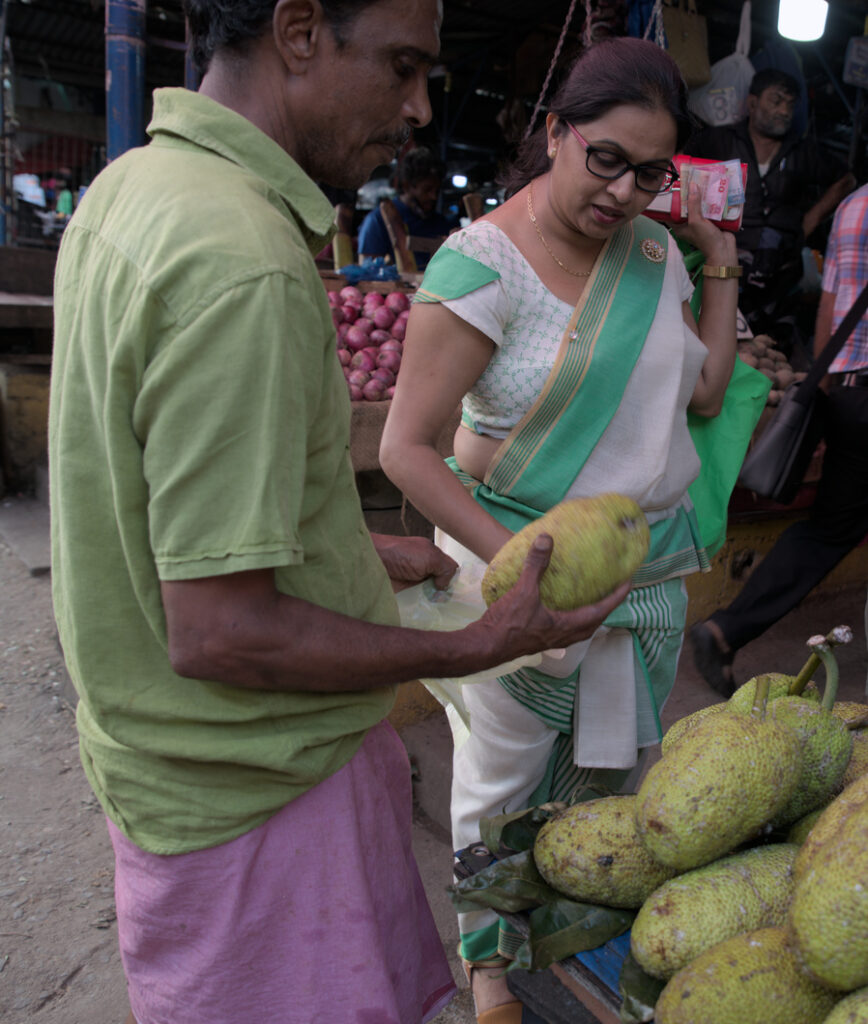
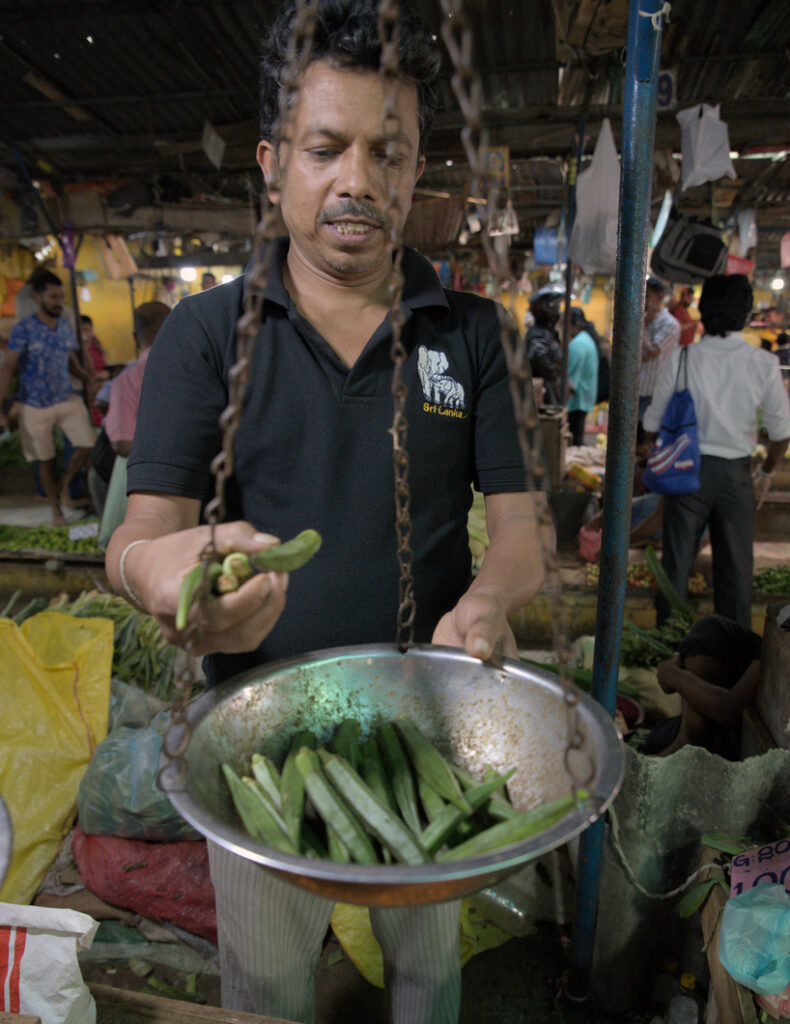
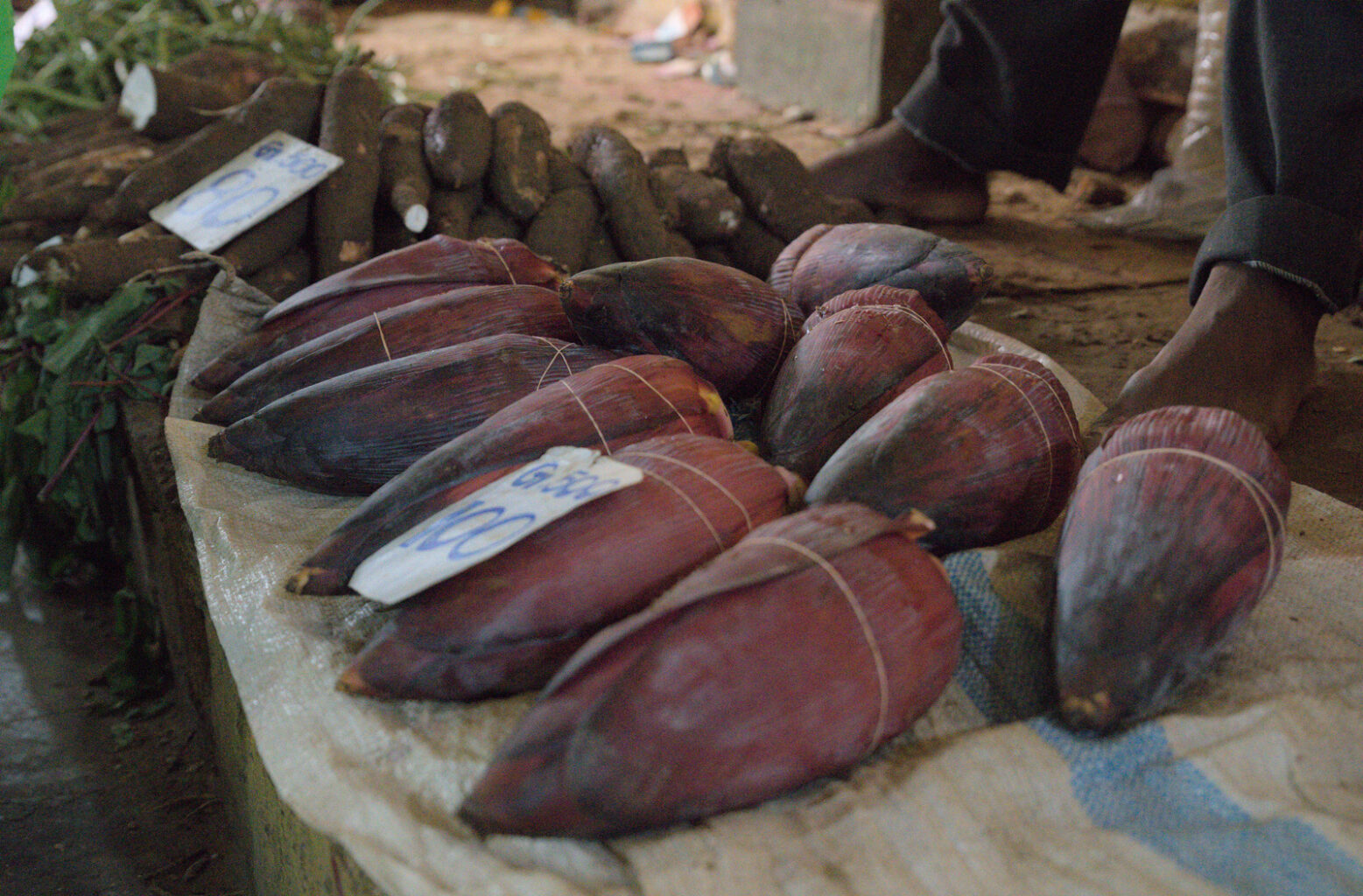
But green mango, lady fingers, curry leaves, snake cucumber have not previously been found in my kitchen. Maybe I’ll have a hard time to find all of them in Denmark.

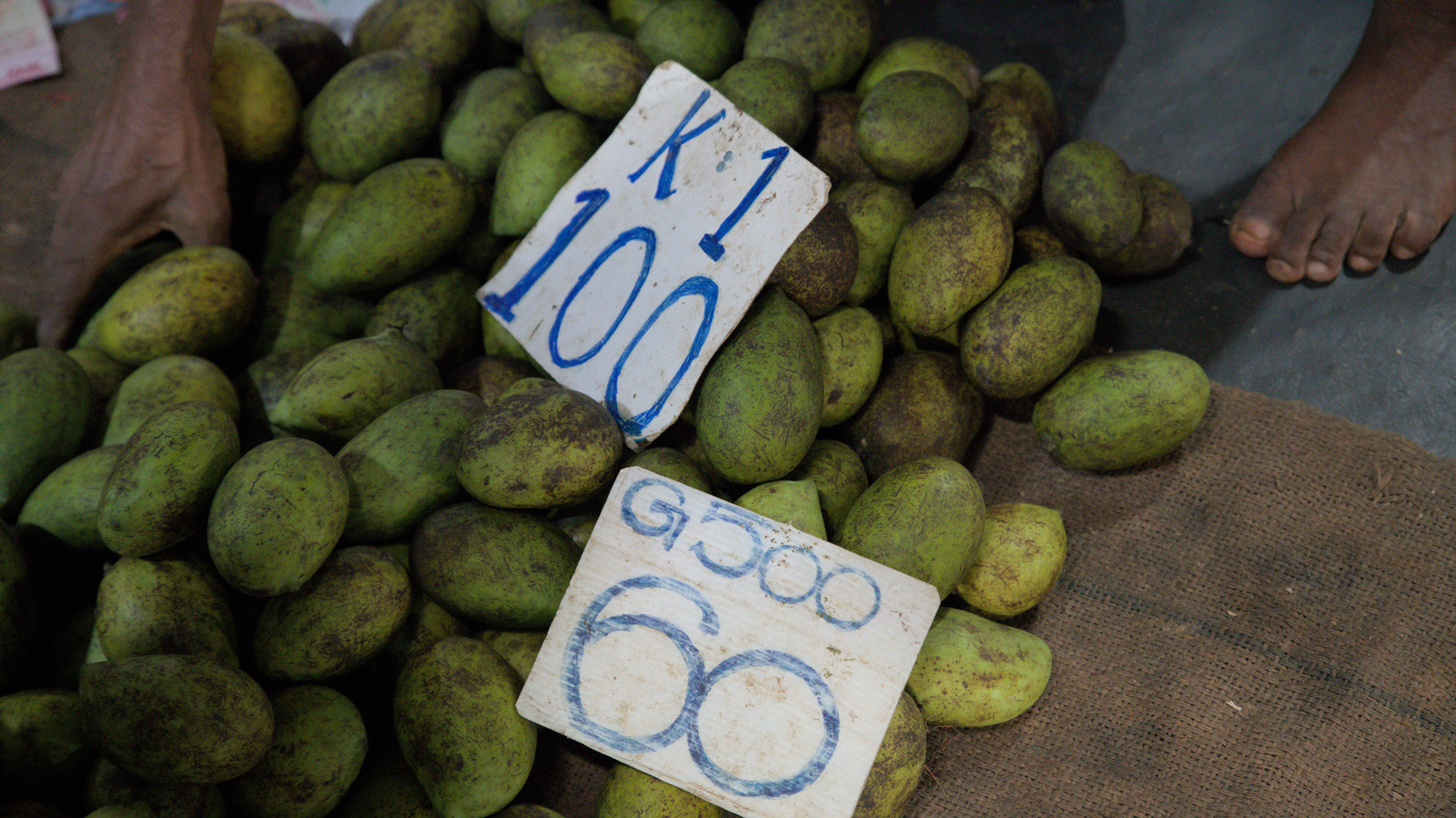
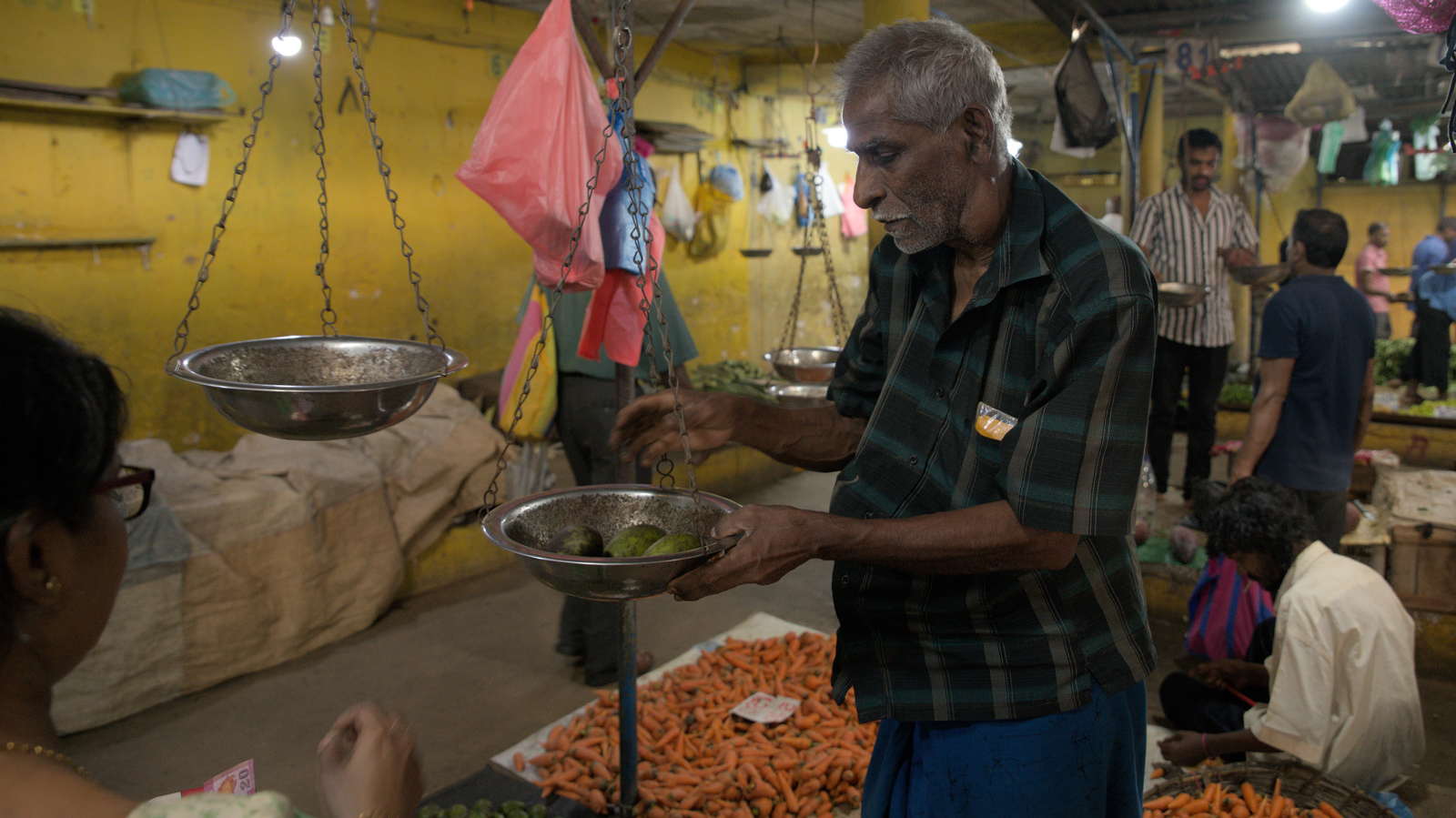
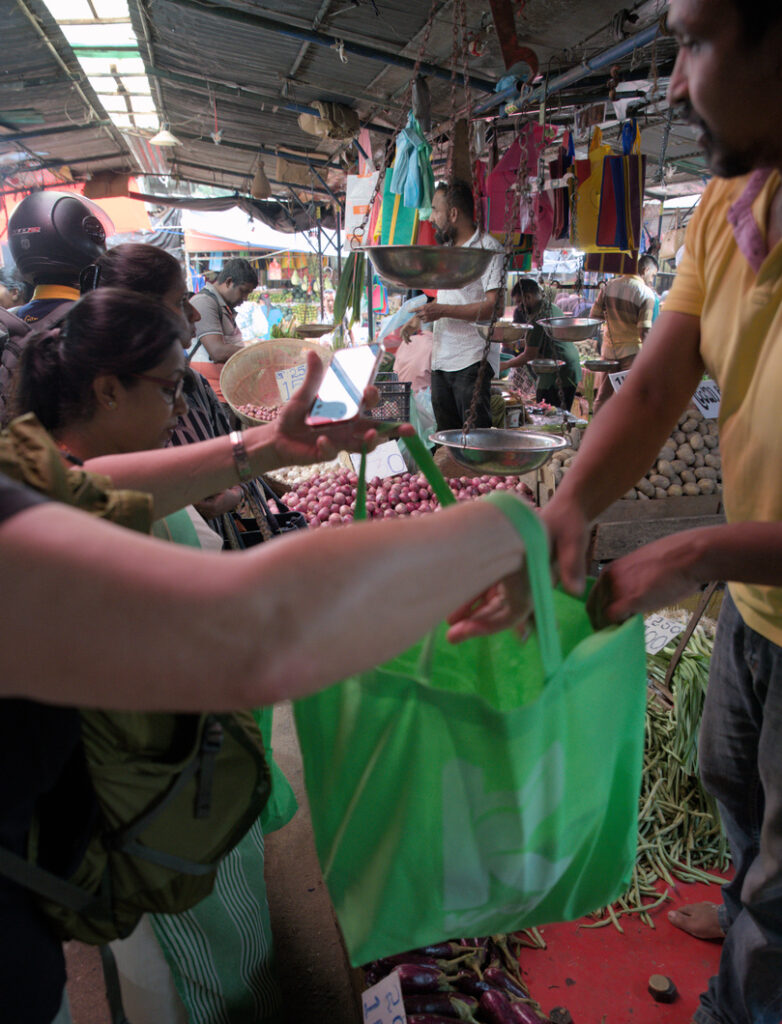
When shopping was over we returned to the family’s home and kitchen especially. Here we were friendly received by the host’s sister and mother who took charge of learning us how to cook Sri Lankan curries.
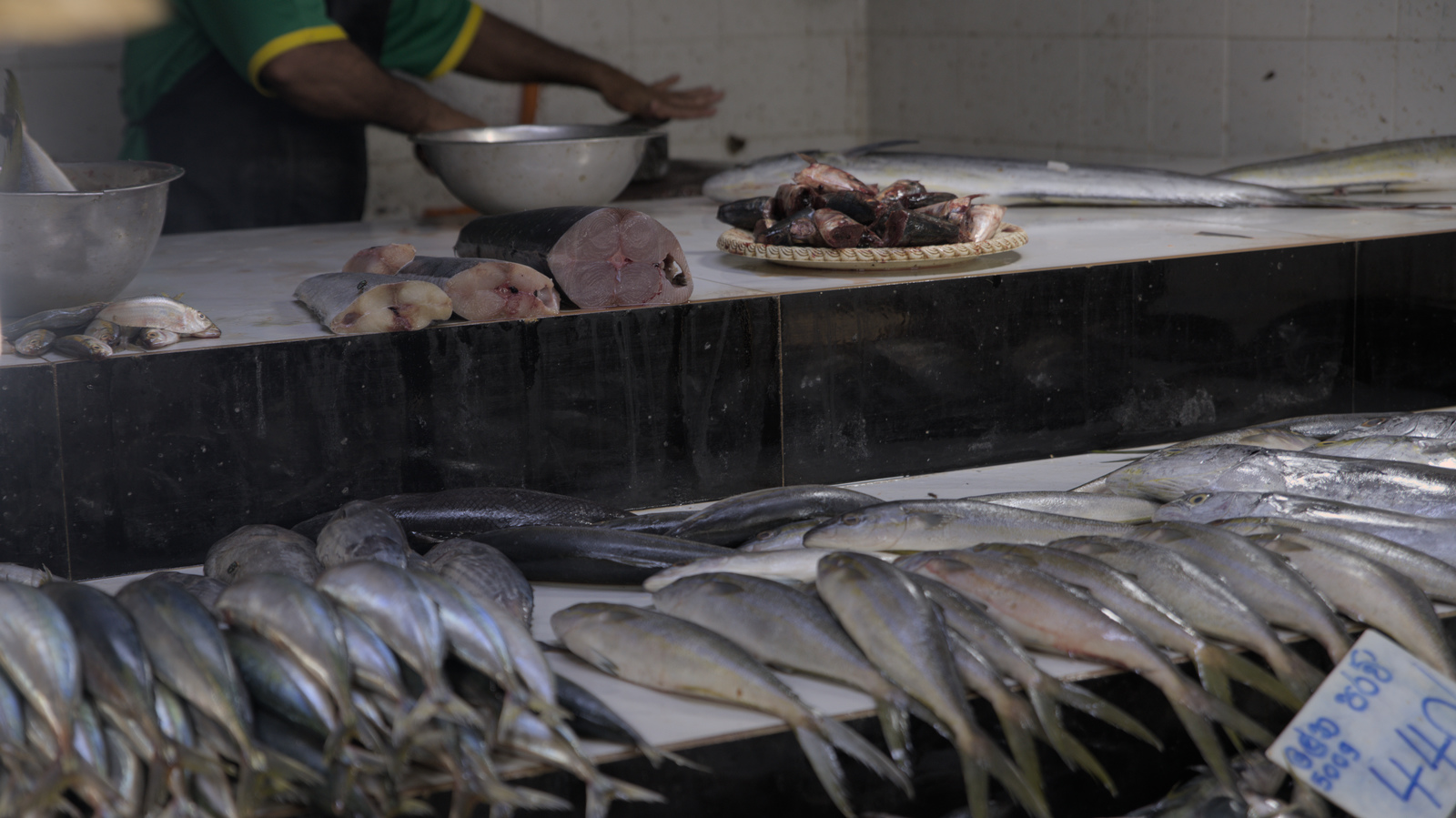
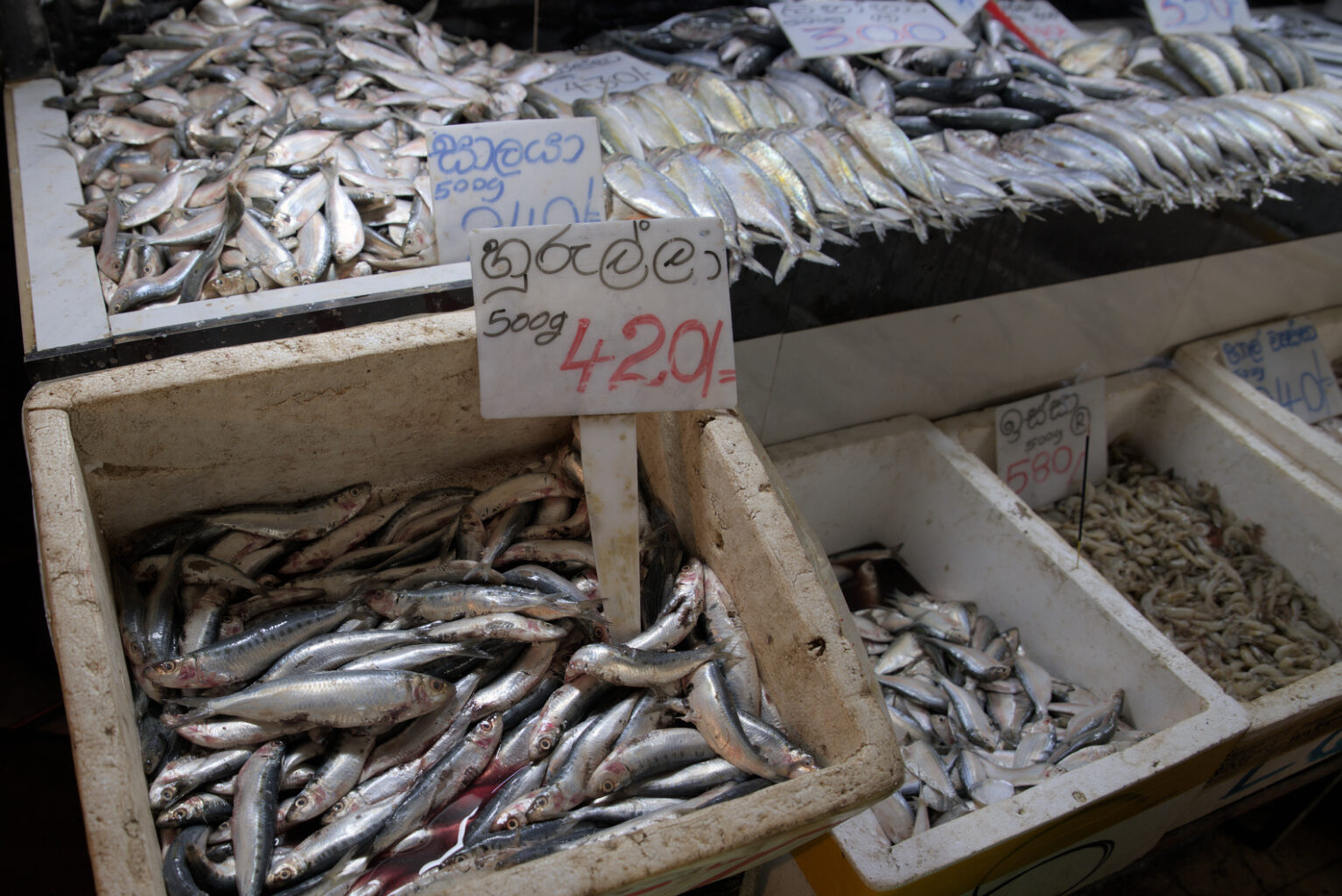
One of the frequent question was how spicy do you prefer your food? This covers how much chili and/or chili flakes shall we add. I do not involve the other herbs or spices. Cinnamon, cardamom, ginger, garlic, onion, lemon grass, curry leaves are added according to the prescribed amount and provides the flavor of dish.
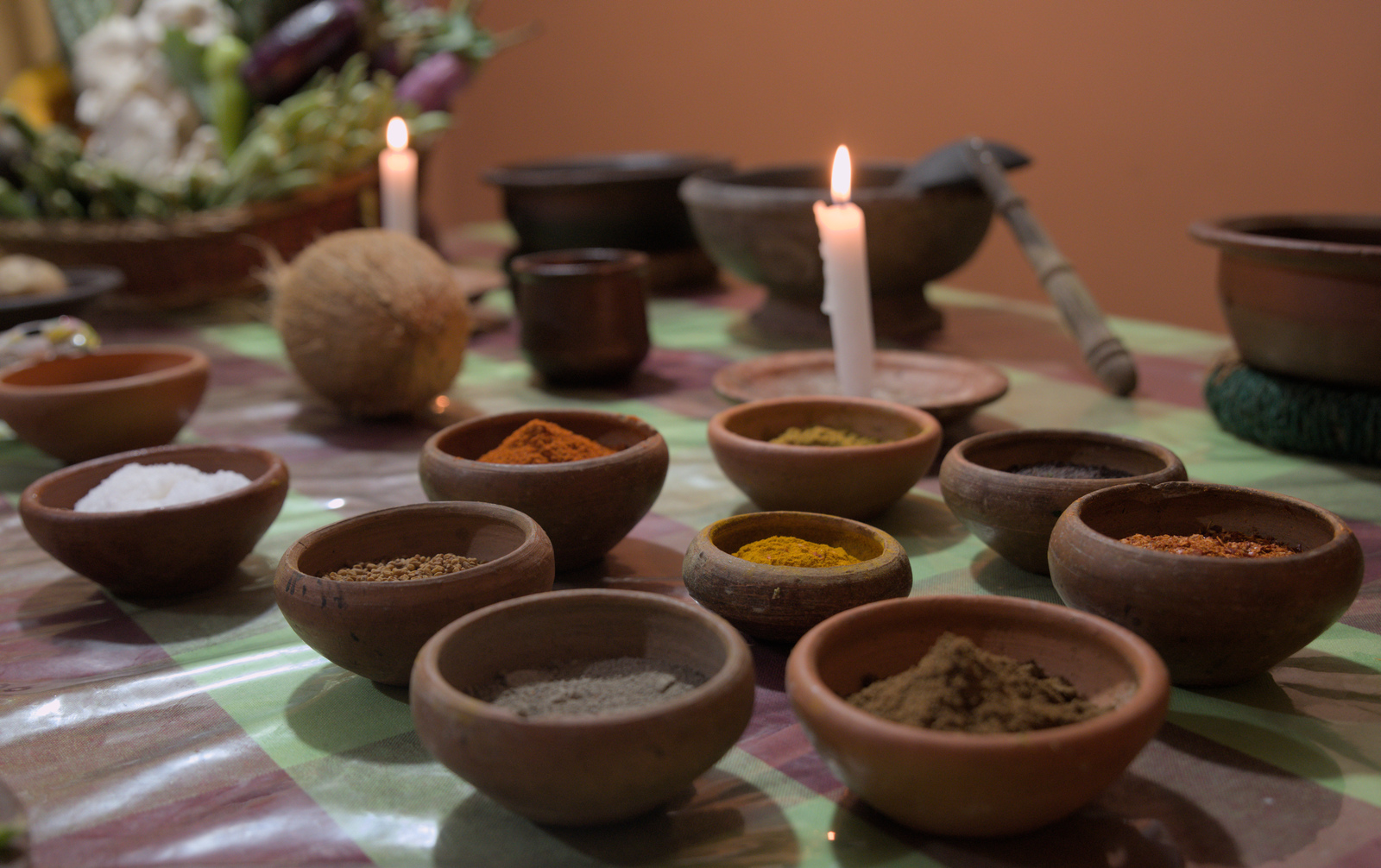
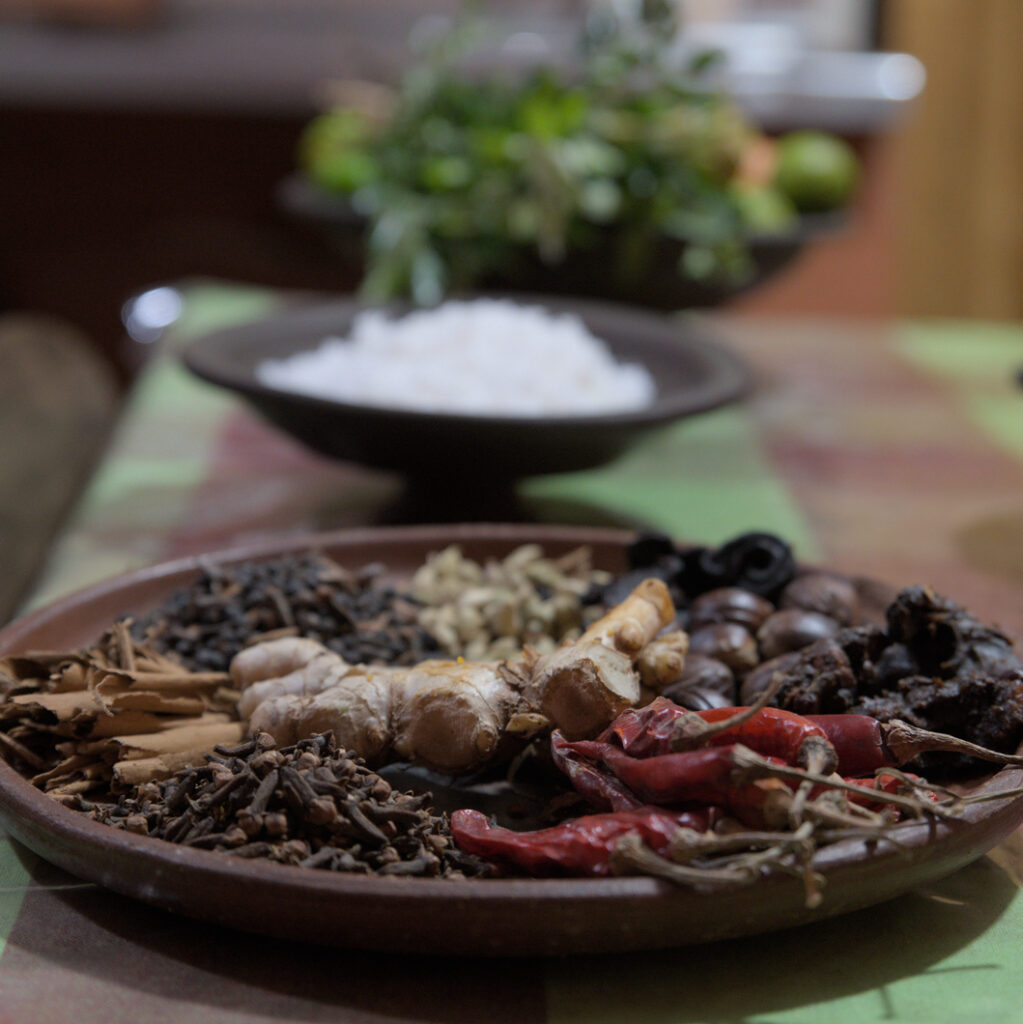
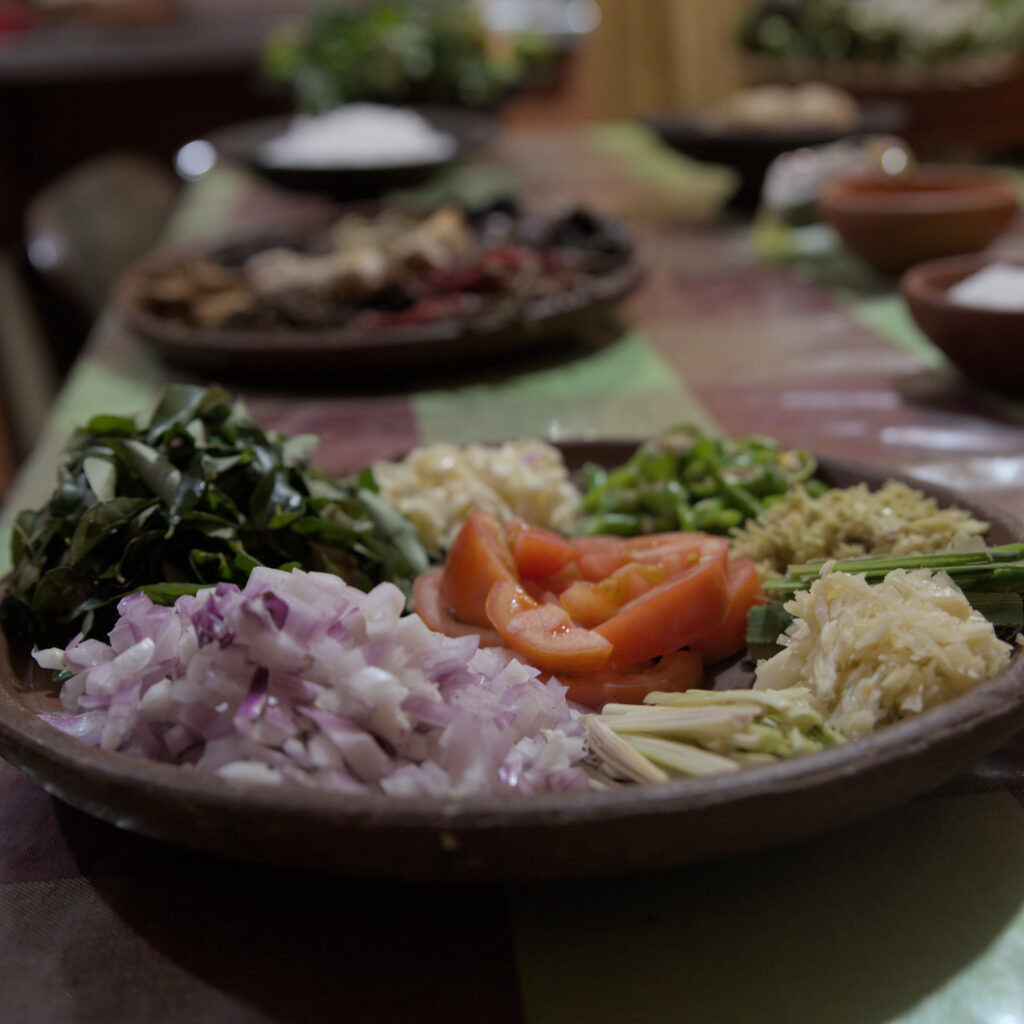
After 2.5 – 3 hours we had prepared 11 different curries, papa-dams, and sambal.
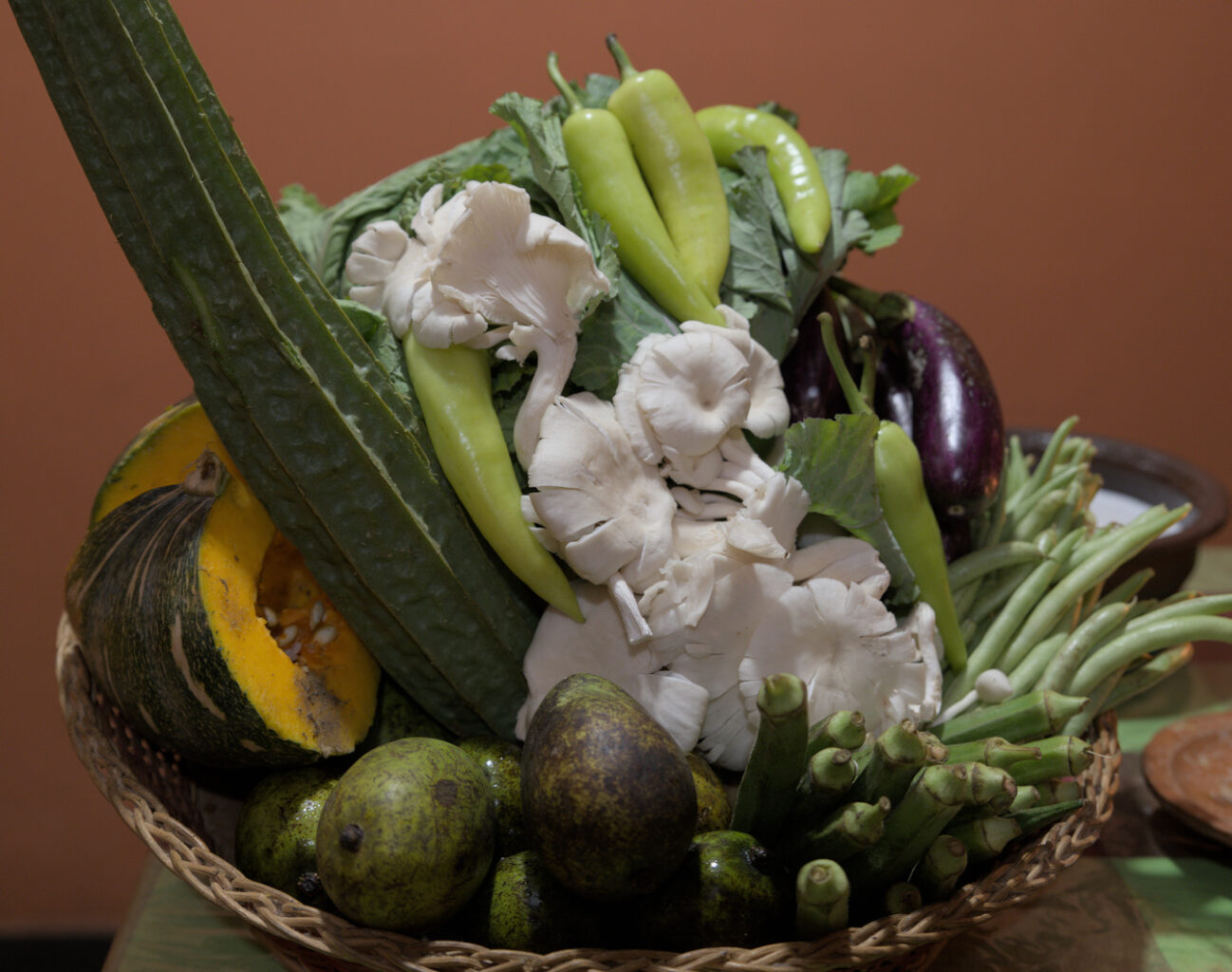
The sambal is a fine component for serving to a group that doesn’t share the same taste of spiciness. The variant we prepared – on the family’s more than 100 year old stone crusher – consisted of onion, freshly grated coconut, garlic, chili flakes. It allows the ones that want their food spicier to add spiciness to their dish.
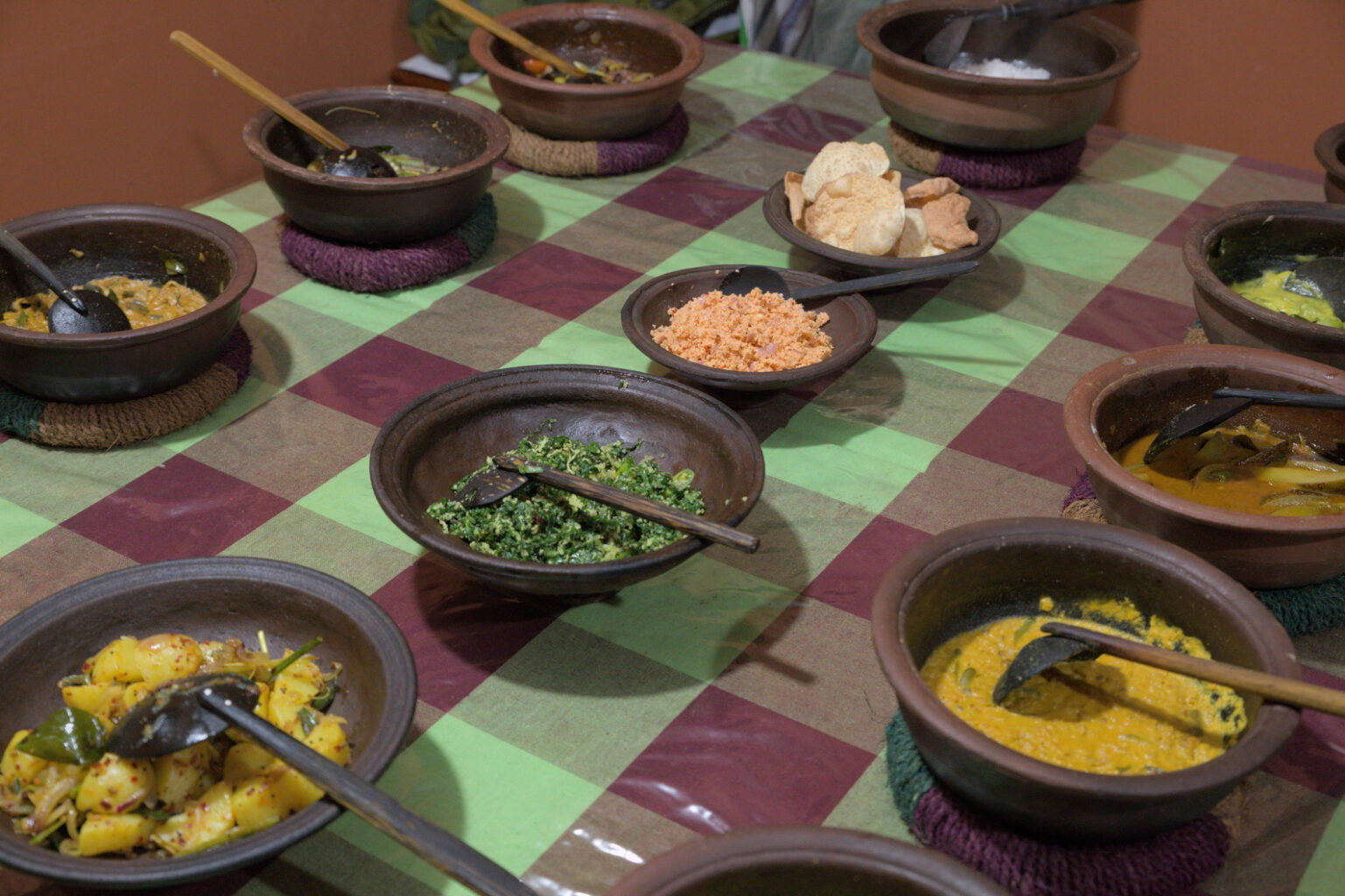
We had previously met wondering questions when ordering food in restaurants, because we typically ordered just one curry. Now it became clear that Sri Lankan’s wants to experience more flavors in one meal, so they tend to place rice in the middle of the place and several curries around it so a bigger variation can be found in the meal.
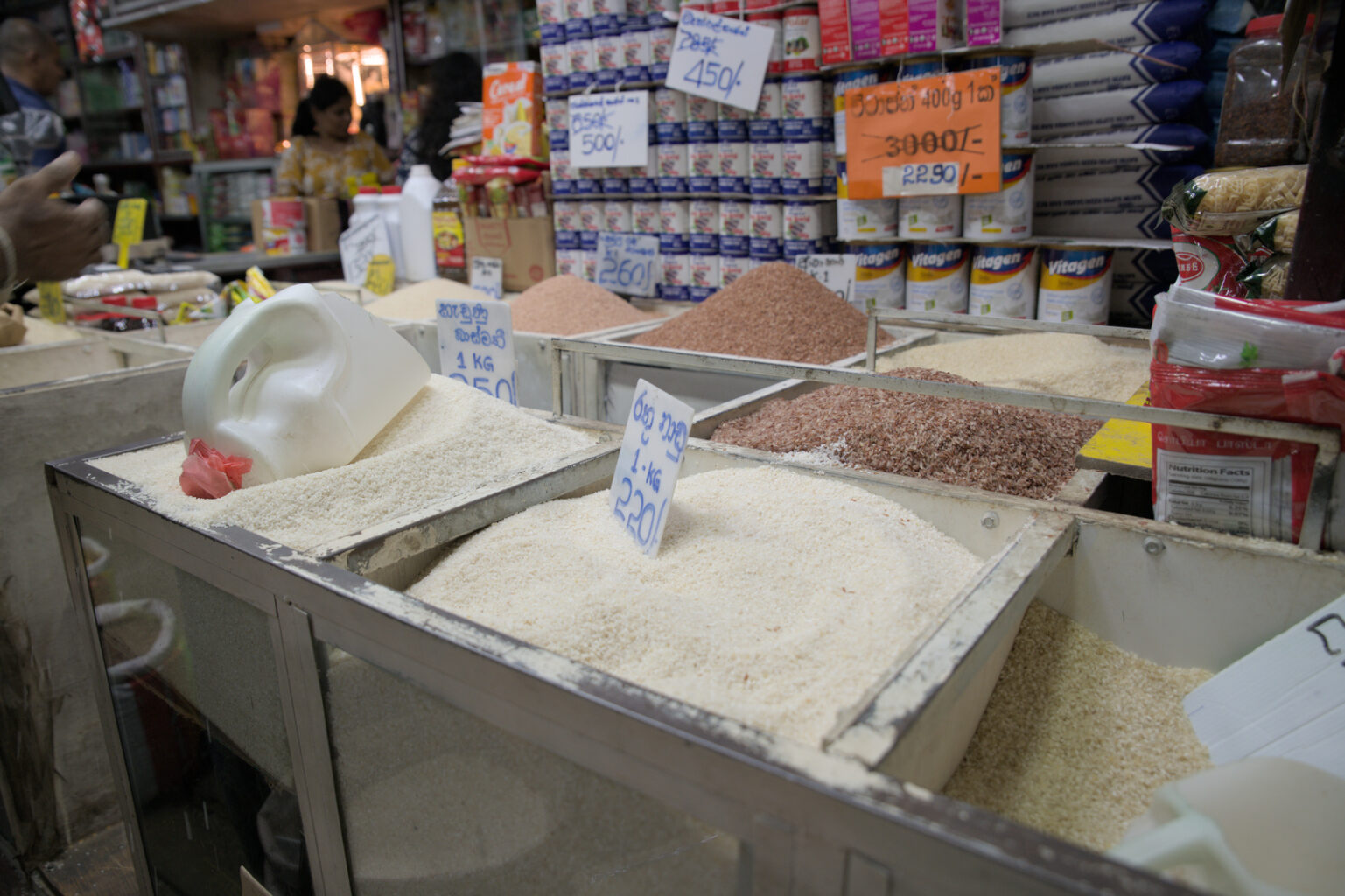
After the cooking class we have received recipes for the curries we made, so now our kitchen at home will include Sri Lankan flavors in its offering.




